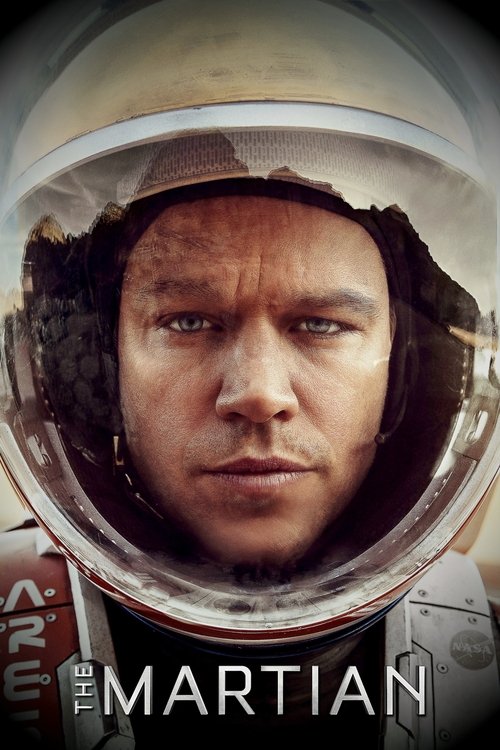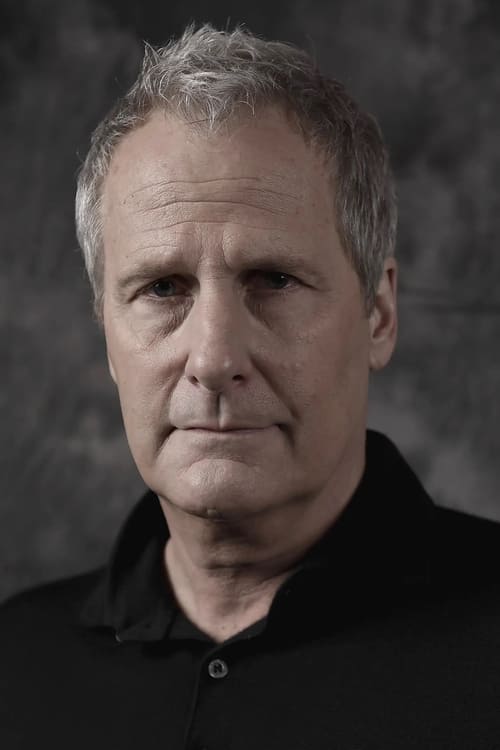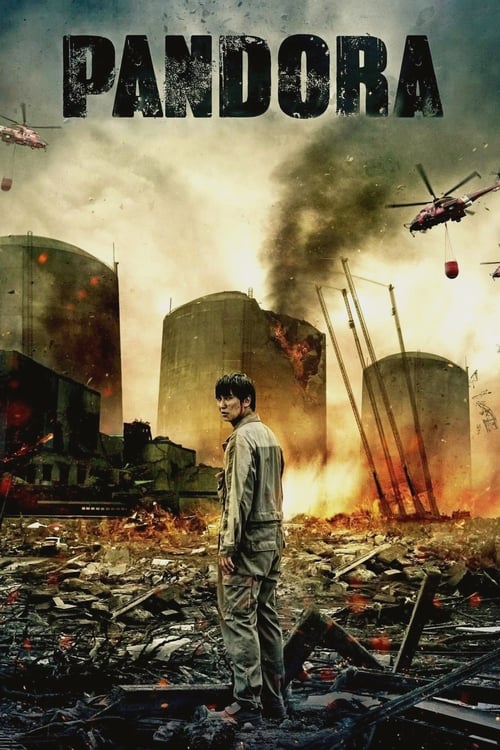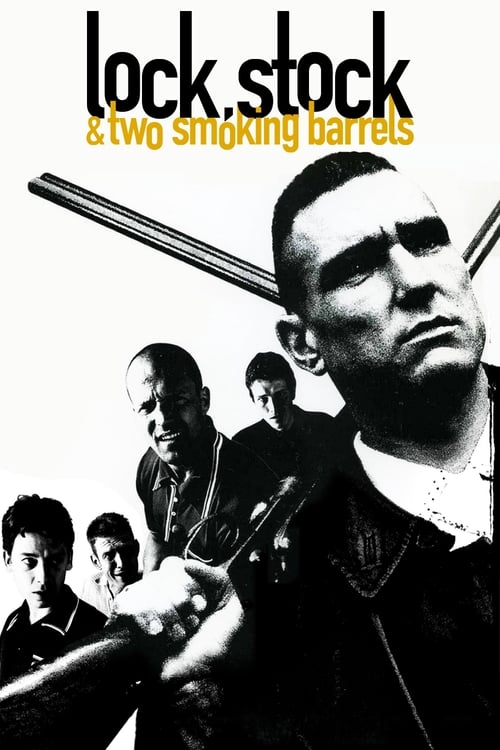
The Martian
During a manned mission to Mars, Astronaut Mark Watney is presumed dead after a fierce storm and left behind by his crew. But Watney has survived and finds himself stranded and alone on the hostile planet. With only meager supplies, he must draw upon his ingenuity, wit and spirit to subsist and find a way to signal to Earth that he is alive.
Dialogues from Movie The Martian
Quotes from Movie The Martian
Sound Tracks from The Martian by Harry Gregson-Williams
Rockin' It
Rockin' It by Sly and the Family Stone, Mark Watney uses the song to celebrate his survival.
Hot Stuff
Hot Stuff by Donna Summer, Played during the montage of Mark working on the Mars project.
Waterloo
Waterloo by ABBA, Utilized in a humorous context as Mark fixes his equipment.
Golden Years
Golden Years by David Bowie, Played during the scene where Mark contemplates his situation.
Rockin' in the Free World
Rockin' in the Free World by Neil Young, Used during the climax of his survival efforts.
Download App
Memorable Scenes from Movie The Martian
Mark Watney's Struggle for Survival
In this opening scene, Mark Watney, played by Matt Damon, is left behind on Mars after a storm forces his crew to evacuate. The build-up shows his determination as he realizes he has to survive alone with limited supplies. The pivotal moment occurs when he starts to make a plan to grow potatoes using Martian soil, his own waste, and water he engineers. Aftermath shows his resourcefulness and creativity, setting the tone for his journey ahead.
Context: This scene not only establishes Watney's character as a true survivor but also sets the stakes high for the entire film, presenting the audience with the harsh reality of isolation and the spirit of human ingenuity.
Watney's Potato Farm
After several attempts to communicate with NASA fail, Watney devises a way to grow potatoes. The pivotal moment happens when he uses his ingenuity to mix Martian soil with his own waste as fertilizer. His excitement is palpable as he watches the growth of the first potato plant, symbolizing hope. The aftermath illustrates the lengths hell go to survive, highlighting his determination and optimism amid despair.
Context: This scene underscores the theme of survival against all odds, showing how Watney's scientific knowledge and creativity become his best tools in a seemingly hopeless situation.
The Communication Breakthrough
Watney, in a moment of sheer brilliance, figures out how to communicate with NASA through modifications to the Mars rover. The peak is when he sends his first message, and the relief and joy he feels are palpable. Afterward, the whole NASA team learns hes alive, igniting a collective effort to bring him home.
Context: This moment marks a turning point in the film, shifting from isolation to connection and teamwork, and it showcases the power of communication and hope.
The NASA Response
Back on Earth, NASA learns that Watney is alive. The team, led by Teddy Sanders, has a meeting filled with mixed emotionsshock, excitement, and urgency. The pivotal moment occurs when they decide to make his rescue a global priority. The aftermath leads to teamwork across various departments, showing the human spirits unwavering resolve.
Context: This scene emphasizes the collaboration between scientists and engineers worldwide, reinforcing the theme of unity and the impact of launching a global effort for one man's life.
Mark's Video Logs
Throughout the film, Watney records video logs documenting his struggles and emotions. One log stands out when he reflects on his loneliness and fear of dying alone. The pivotal moment is the shift from despair to determination, as he decides to approach his situation with humor. The aftermath shows how these entries humanize him, making the audience root for his success.
Context: These logs serve as a narrative device that gives insight into his character while connecting viewers to his emotional journey.
The Mars Rover Incident
While trying to retrieve a damaged rover, Watney faces a life-threatening situation when the vehicle rolls over. The tension peaks as he narrowly escapes being crushed. The aftershock of this incident forces him to re-evaluate his approach to survival with renewed determination.
Context: This scene showcases the unpredictable and deadly nature of Mars, reinforcing the harsh realities of space exploration.
The Arrival of the Ares 3 Crew
The Ares 3 crew prepares for Marks eventual rescue. The emotional weight is high as they reflect on the risks involved. Their decision to go back to Mars even after the earlier evacuation heightens the stakes for everyone involved. The aftermath sets the stage for the rescue mission, blending excitement with anxiety.
Context: This moment emphasizes the bond among the crew members and their commitment to each other, showcasing the film's themes of camaraderie and sacrifice.
The emotional goodbye
Watney records a final message for his crew, expressing his gratitude and acceptance of his situation. He shares emotional memories and reflections. The pivotal moment occurs as he breaks into tears, acknowledging both his fragility and strength. Afterward, it becomes a poignant reminder of human connection.
Context: This scene underlines the depth of Watney's character, showcasing his vulnerability in the face of overwhelming odds.
The Rescue Operation
As the Ares 3 crew approaches Mars for the rescue, tension escalates. The pivotal moment features a coordinated effort among various NASA teams on Earth and in space. The success of the mission is uncertain, and the stakes couldn't be higher. The scene culminates in breathtaking visuals of the crew's efforts, showcasing teamwork.
Context: This sequence represents the culmination of hope and determination, reflecting the broader themes of human resilience and the spirit of exploration.
Mark Aboard the Hermes
Watney finally reaches the Hermes spaceship and is pulled into a heartfelt reunion with his crew. The pivotal moment captures the fleeting joy and relief in their connection after the life-threatening ordeal. Aftermath brings a sense of accomplishment, but also an acknowledgment of the sacrifices made.
Context: This moment emphasizes the emotional weight of survival and the importance of human connections.
The Final Countdown
As Watney prepares to launch from Mars, the tension builds. The pivotal moment is when he must activate a makeshift device to ensure he ascends before the window closes. His calm demeanor mixed with frantic movements defines this gripping scene. The aftermath sees him successfully launching, marking a major turning point.
Context: This scene encapsulates the films themes of hope, science, and the human spirit fighting against odds.
The Return to Earth
Watney's re-entry to Earth's atmosphere is filled with uncertainty. The pivotal moment arrives when he fears the capsule might burn up during re-entry. The aftermath of this scene is a blend of relief and exhaustion when he lands safely in the ocean.
Context: This sequence symbolizes survival and contrasts the bleakness of his earlier isolation against the warmth of life back on Earth.
Mark's Reflection
In the closing moments, Watney delivers a poignant reflection on his experience and what it means to be human. The pivotal moment comes when he embraces his survival as more than just a biological victory. Aftermath reveals him having a newfound appreciation for life.
Context: This moment brings the film's journey full circle, connecting back to its central themes of resilience and the beauty of human connection.
The Finale - A Lesson in Hope
The final scene shows students in a classroom learning about space exploration, with Watney as an inspiring figure. The pivotal moment emphasizes the shift from despair to a hopeful realization about space and science. Aftermath affects a new generation, inspiring them to explore and learn.
Context: This scene connects to the films overarching message about the value of science, exploration, and the drive to overcome challenges.
The First Sol
As Watney begins his first day alone on Mars, the enormity of his situation sets in. The pivotal moment comes as he casually wakes up and realizes he must start adapting. This leads to a mix of despair and determination. Aftermath portrays viral media as his story spreads.
Context: This scene effectively captures the isolation and weight of being abandoned, laying the groundwork for his fight for survival.
Ingenious Solutions
Watney, facing dwindling resources, creatively repurposes his equipment to stay alive. The pivotal moment is when he makes water, combining hydrogen and oxygen its risky but necessary. After the initial explosion scare, it gives him a significant advantage.
Context: This moment celebrates human ingenuity, highlighting how creativity and intellect are keys to overcoming adversity.
The First Sign of Hope
After a grueling struggle, Watney finally sees signs of potato growth. The pivotal moment is filled with genuine joy and disbelief. This moment reassures him that survival is, at least, somewhat possible. Aftermath motivates him to continue fighting.
Context: This scene revitalizes Watney's hope and serves as a metaphor for perseverance in dire situations.
NASAs Global Reaction
News breaks globally about Watney's survival. People across the world rally behind him. The pivotal moment is when the first live video of him is shared. The emotional response showcases humanity's connection to one individual. The aftermath inspires an international community.
Context: This emphasizes the power of global unity and the collective feeling of compassion.
Mars Dust Storm
The initial dust storm that leaves Watney stranded serves as the film's catastrophic catalyst. The pivotal moment is when the crew mistakenly believes he has died. Aftermath ignites the emotional stakes driving the story.
Context: This moment establishes the life-threatening environment of Mars and sets the stage for Watney's struggle.
Exploration of Mars
While navigating the Martian landscape, Watney observes its beauty, juxtaposing hope and despair. The pivotal moment is when he discovers an old Mars probe that aids in his survival planning. The aftermath imbues him with renewed sentiment about his surroundings.
Context: This scene highlights the planet's harsh yet majestic beauty, emphasizing humanity's curiosity about exploration.
Facing the Odds
Watney must confront the reality of his situation again. The pivotal moment occurs during a failed experiment intended to produce food. His emotional resilience is challenged, yet he recognizes that failure is part of the process.
Context: This scene reflects the broader theme of failure as a stepping stone to success.
Crisis Management
When a major unforeseen crisis arises during the rescue operation, everyone at NASA faces tough decisions. The pivotal moment is the moment they must choose to risk everything to save Watney. The emotional weight hangs in the air, and the aftermath discusses the balance between risk and reward.
Context: This showcases the weight of responsibility held by those in leadership, reinforcing the films themes of sacrifice and teamwork.
The Climax - The Ascent
As Watney ascends to meet Hermes, the tension reaches its peak. The pivotal moment captures the blend of fear and excitement. The aftermath portrays his poignant reunion with the crew, crystallizing the film's central message of hope.
Context: This powerful climax represents the triumph of human determination and affirms the theme of enduring hope against the odds.
Download App










